SOURCE: RAUNAK KUNDE / NEWS BEAT / IDRW.ORG

India is set to become the first nation to receive 31 Predator drones equipped with two DAP-6 gun pods, each containing the formidable M134D-H rotary machine gun. This upgrade significantly enhances the Predator drones’ firepower, making them more versatile and lethal in combat roles.
The M134 Minigun, an American 7.62×51mm NATO six-barrel rotary machine gun, is known for its exceptionally high rate of fire, ranging from 2,000 to 6,000 rounds per minute. With its Gatling-style rotating barrel assembly powered by an external electric motor, the M134D-H is designed for sustained and rapid-fire, providing overwhelming firepower in a short period. The “Mini” in Minigun is a nod to its use of rifle ammunition, in contrast to the larger-calibre autocannon shells, like those of General Electric’s earlier 20mm M61 Vulcan.
Continue readingSOURCE: AFI

The Indian Air Force (IAF) has commenced receiving deliveries of Joint Direct Attack Munition (JDAM) precision-guided bombing kits, a significant upgrade for its Light Combat Aircraft (LCA) Tejas fleet. This acquisition, made in 2022 under delegated financial powers, is expected to significantly enhance the Tejas’ capabilities and enable it to carry out strikes with greater accuracy and precision.
The JDAM kits, which convert existing unguided bombs into precision-guided “smart” munitions, will equip the Tejas with the ability to target enemy bunkers and runways at distances of 80 kilometers and beyond. This is a substantial improvement over the Tejas’ previous capabilities and positions it as a more formidable fighter jet.
Continue readingSOURCE: AFI
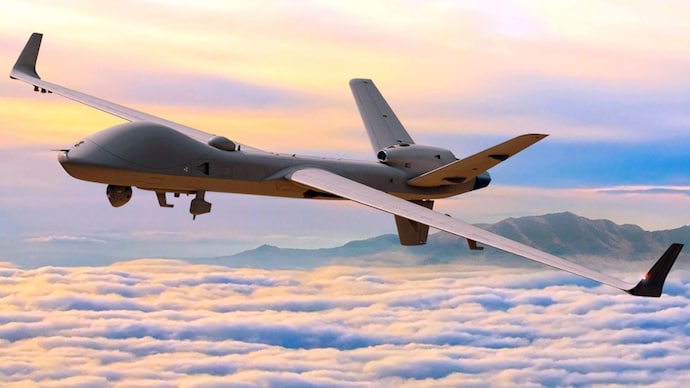
India’s recent acquisition of 31 MQ-9B Predator drones from the United States marks a significant step towards bolstering its military capabilities. However, the deal also holds significant implications for the country’s domestic defense industry.
Of the 31 drones, 21 will be partially assembled in India using kits provided by General Atomics, the American defense firm. This move is a strategic decision aimed at transferring technology and fostering the development of the domestic defense manufacturing sector.
Continue readingSOURCE: AFI
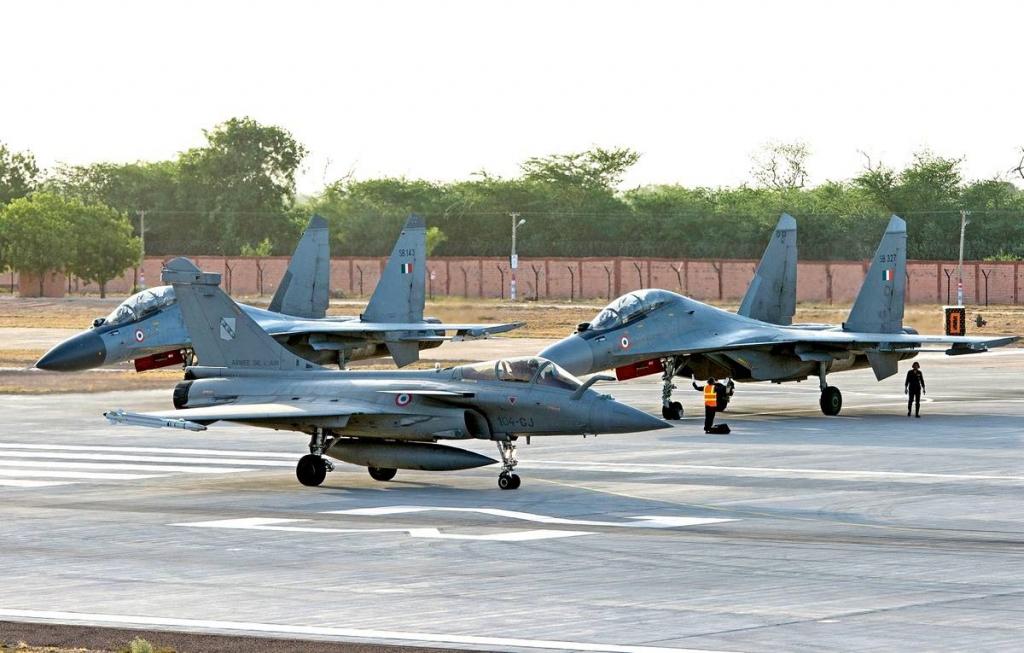
The Indian Air Force (IAF) is currently grappling with a significant shortfall in fighter squadrons, a situation that has become increasingly critical due to the growing threat posed by neighboring countries like China and Pakistan. While the IAF is formally sanctioned to have 42 squadrons, its effective strength currently stands at a mere 29, leaving a considerable gap in its combat capabilities.
China, with its vast military resources, boasts a formidable air force of 83 squadrons. Pakistan, despite being smaller in size, maintains a respectable air fleet of around 20 squadrons. The disparity in squadron numbers between India and its adversaries underscores the urgent need to bolster the IAF’s capabilities.
Continue readingSOURCE: AFI
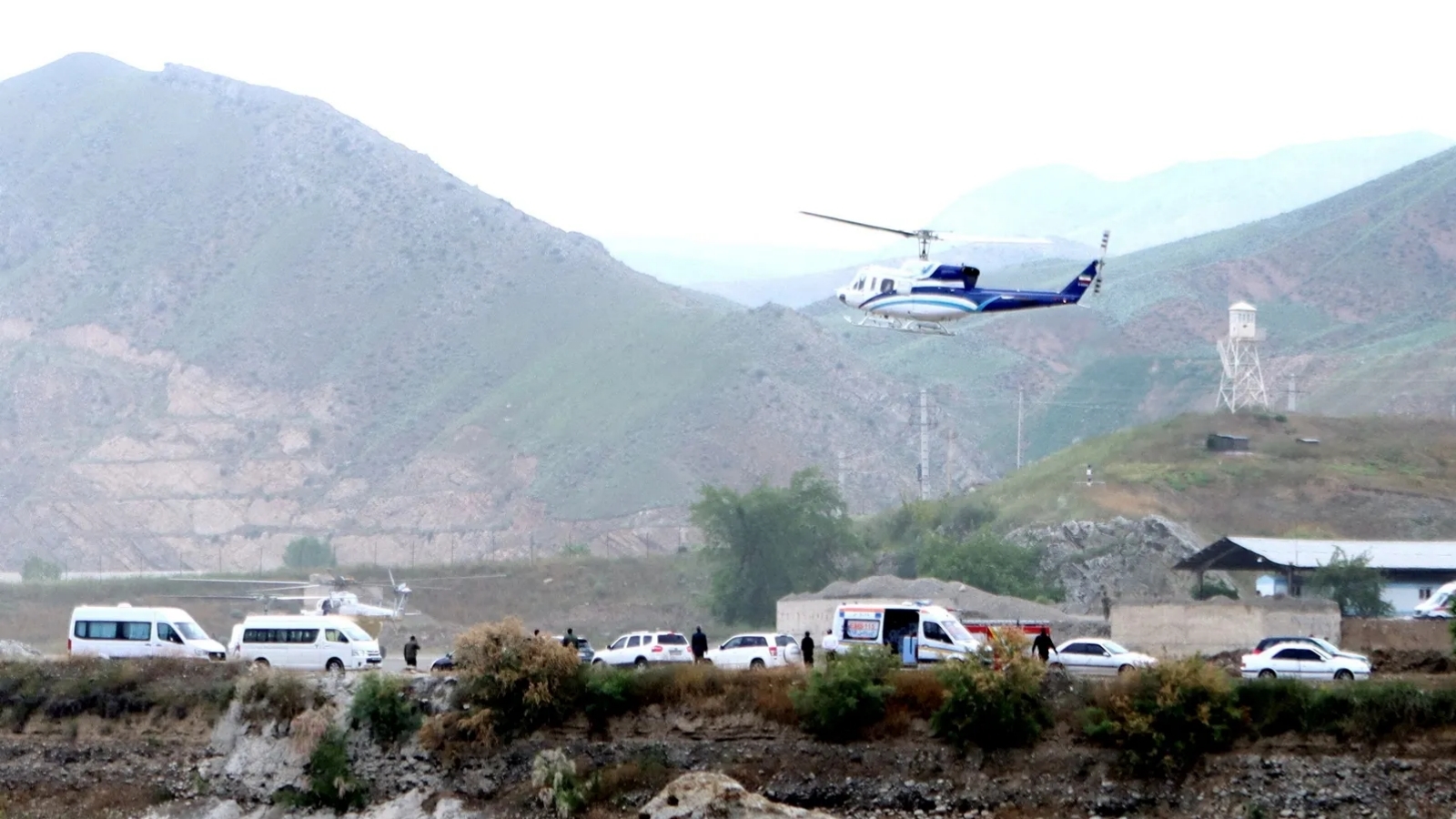
The Indian Army has taken a significant step towards enhancing its operational capabilities in the remote regions of Jammu, Kashmir, and Ladakh by contracting civil aviation service providers. This strategic move aims to ensure year-round support for critical posts, reduce costs, and preserve military helicopters for critical operations.
The one-year contract will see 16 remote posts in the Jammu region sustained throughout the year, while another 28 posts in Kashmir and Ladakh will benefit from this support for 150 days next year. This initiative marks a departure from traditional methods of maintaining these high-altitude positions during the harsh winter months, when they are often inaccessible due to heavy snowfall.
Continue readingSOURCE: IDRW.ORG

In a significant boost to India’s defense export capabilities, Samtel Avionics System Ltd, based in Uttar Pradesh, has signed a contract with the Malaysian Air Force to equip its fleet of Sukhoi-30MKM fighter jets with Multi-Function Displays (MFD) and Head-Up Displays (HUD). This contract further strengthens the long-standing defense ties between India and Malaysia, while highlighting India’s growing role as a global defense technology provider.
The Multi-Function Displays (MFDs) being supplied by Samtel Avionics will enhance the capabilities of the Sukhoi-30MKM fighter jets by providing pilots with better situational awareness and a more intuitive interface to manage flight data and combat systems. Available in sizes of 5″x5″, 6″x6″, and 5″x4″, these MFDs will provide the Malaysian Air Force with advanced avionics that will modernize and extend the operational life of its Su-30MKM aircraft.
Continue readingSOURCE: IDRW.ORG

The Indian Army’s Provisional Staff Qualitative Requirements (PSQR) for the Zorawar Light Tank has sparked interest, especially in comparison to China’s Type 15 Light Tank, which weighs around 35 tons. Both tanks are intended for high-altitude operations along the Line of Actual Control (LAC) and other challenging terrains. However, the Indian Army has intentionally kept the Zorawar’s weight around 25 tons, significantly lighter than its Chinese counterpart. This decision was guided by several critical operational requirements that go beyond the conventional focus on firepower and armour.
According to a senior Indian Army officer closely involved with the project, four key factors influenced the Zorawar’s design specifications: airlifting capabilities for high altitudes, amphibious capability, power-to-weight ratio, and nominal ground pressure. These features are essential for operations in the rugged and varied terrain where the Zorawar is expected to be deployed, including the Himalayan borders near the LAC and the Rann of Kutch, a vast salt marsh area between India and Pakistan.
Continue readingSOURCE: AFI

Hindustan Aeronautics Limited (HAL) is actively exploring engine options for its HLFT-42, a next-generation supersonic lead-in fighter trainer jet. The HLFT-42 is being developed to serve as an advanced training platform for pilots transitioning to India’s upcoming Tejas Mk2 and Advanced Medium Combat Aircraft (AMCA), preparing them for operating 4.5 and 5th generation fighter jets. With a maximum takeoff weight of 16.5 tons, the HLFT-42 is only one ton lighter than the Tejas Mk2, making engine selection crucial for ensuring optimal performance and cost-efficiency.
Initially, the General Electric F414 engine, which powers the Tejas Mk2, was considered a strong candidate for the HLFT-42. However, according to HAL officials, the company is not keen on using the same engine for the new trainer jet. Speaking to idrw.org at Aero India 2023, HAL representatives confirmed their preference for a more powerful engine that could deliver the thrust needed for supersonic training and combat readiness without compromising cost-effectiveness.
Continue readingSOURCE: AFI

An Indian Army Task Force from the Corps of Engineers has been deployed to assist in the recovery of an Advanced Light Helicopter (ALH) of the Indian Air Force (IAF) that was submerged in the floodwaters of the Lakhandei river in Muzaffarpur District, Bihar.
The Task Force, equipped with specialized equipment and expertise in construction and engineering, has been instrumental in paving the way to the site and constructing working platforms for the IAF Technical Team. These platforms provide a stable and secure environment for the technical personnel to safely access and recover the helicopter.
Continue readingSOURCE: AFI

The Indian Air Force (IAF) has taken a significant step towards bolstering self-reliance by issuing a Project Sanction Order to two Indian firms for the indigenous design and development of a Lightning Detection System.
Air Vice Marshal Jitender Singh Sihmar, Assistant Chief of Air Staff Operations (Meteorology), announced the project under the Make-II category, which aims to promote domestic defense manufacturing.
Continue readingSOURCE: AFI

India and Russia have taken a significant step towards strengthening their cooperation in the Northern Sea Route (NSR) with the first meeting of the India-Russia working group on NSR cooperation. The meeting, held last week, focused on setting targets for Indian-Russian cargo transit, training Indian sailors for polar navigation, and developing joint projects in Arctic shipbuilding.
Rosatom, the Russian state corporation responsible for nuclear energy, announced that the working group also drafted a memorandum of understanding (MoU) between India and Russia for the development of cooperation in cargo shipping through the NSR. This MoU will serve as a framework for expanding bilateral collaboration in this area.
Continue readingSOURCE: AFI

The Indian Air Force (IAF) is exploring the potential of Artificial Intelligence (AI) to revolutionize its human resource management. The service is developing an AI-based system that will optimize the process of transferring officers to various units and establishments, aiming to enhance transparency, reduce manual work, and minimize subjectivity.
Currently, the IAF’s officer posting process is a time-consuming and labor-intensive task that involves extensive manual work, data analysis, and coordination. The system is burdened by high costs due to manpower utilization on administrative tasks, human bias, and errors.
Continue readingSOURCE: RAUNAK KUNDE / NEWS BEAT / IDRW.ORG
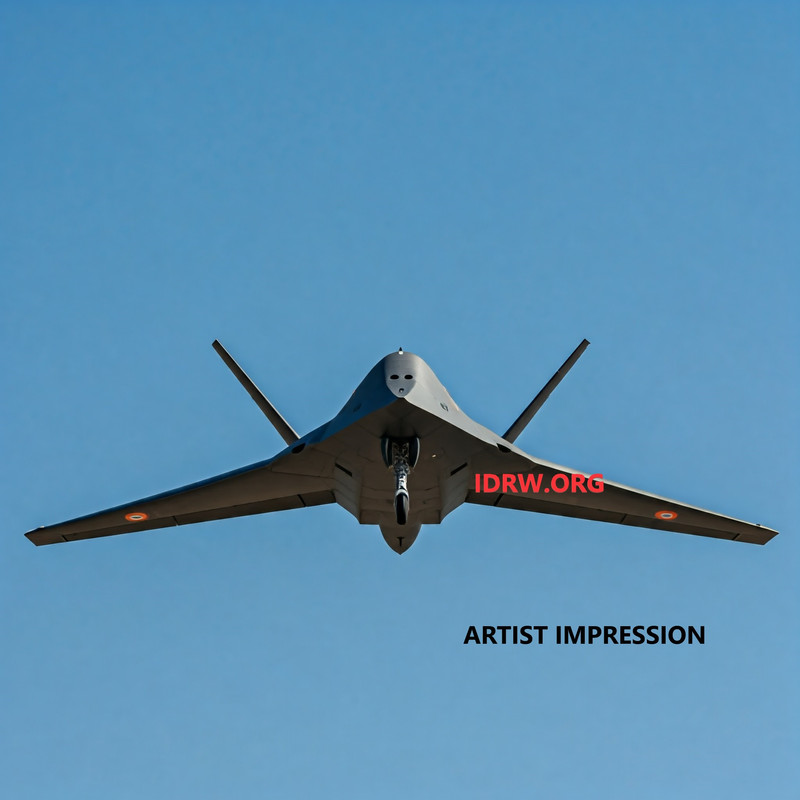
The Indian Air Force (IAF) is looking towards unmanned aerial vehicles (UAVs) for its future deep penetration strike capabilities, according to an anonymous IAF official speaking to idrw.org. This shift comes as the IAF plans to retire its fleet of Jaguar deep penetration strike aircraft starting in 2028, with complete retirement by 2035.
The Jaguar, known for its low-level, supersonic flight capabilities and ability to evade radar detection, has been a mainstay in the IAF’s deep strike missions. Jaguar pilots are trained for complex sorties aimed at neutralizing strategic enemy installations deep within hostile territory.
Continue readingSOURCE: RAUNAK KUNDE / NEWS BEAT / IDRW.ORG
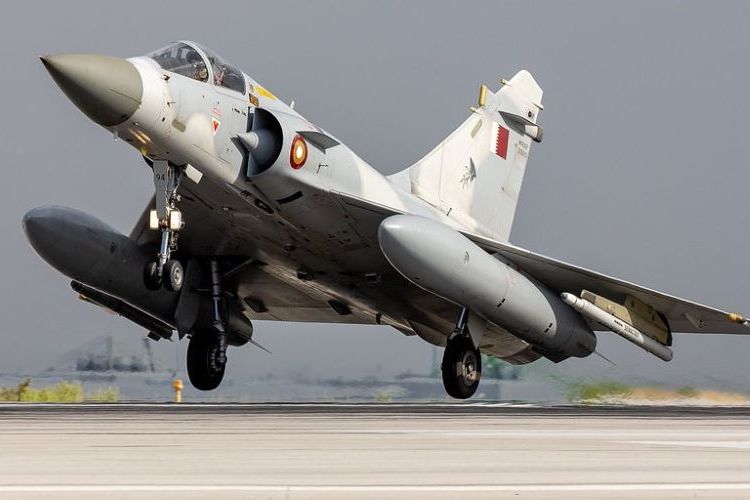
In June 2024, Qatar offered to sell 12 Mirage 2000-5 fighter jets to the Indian Air Force (IAF). This potential deal has sparked discussions within the IAF, particularly as the force looks to address the retirement of its MiG fighters and bolster its combat capabilities.
The Qatari Mirage 2000-5s, upgraded to meet modern standards, could potentially complement the two existing Mirage 2000 squadrons currently in service with the IAF. These jets, however, are no longer in production, making used options like this one attractive.
Continue readingSOURCE: RAUNAK KUNDE / NEWS BEAT / IDRW.ORG

The Indian Army is set to bolster its strategic capabilities with the deployment of Pralay ballistic missiles starting in 2026. These missiles, capable of striking targets at a range of 150 to 500 kilometres, are designed to counter threats from India’s northern borders.
The Pralay missile, a quasi-ballistic surface-to-surface missile, has been developed with advanced technology to evade interception by enemy interceptor missiles. Its unique design and trajectory make it a formidable weapon system.
Continue reading